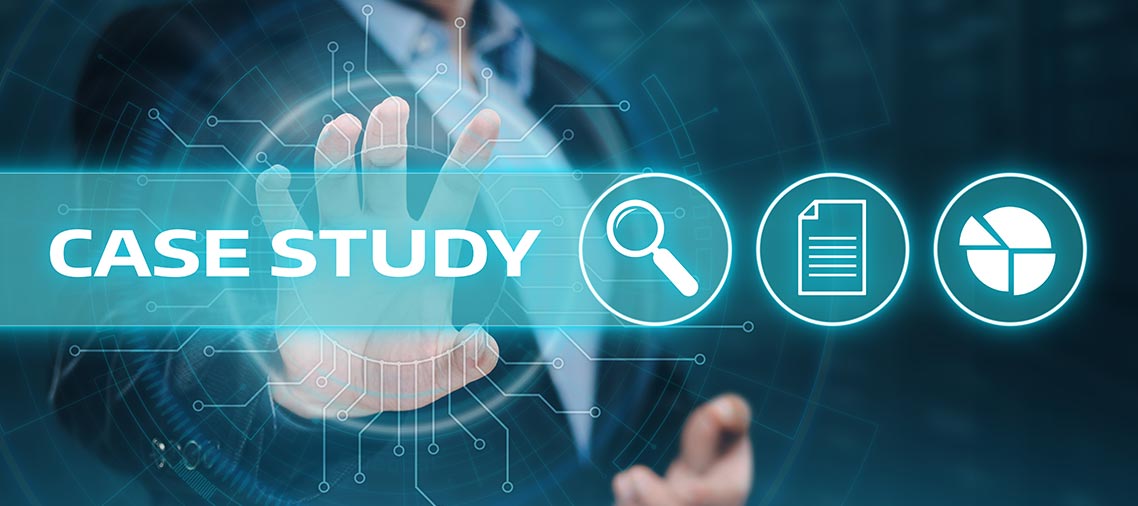
Improve VDI Security: Solutions and Best Practices
Enterprises that embrace virtual desktop infrastructures (VDIs) expect various security benefits such as centralized management over installed applications and desktops and improved patch-management processes. However, even with these benefits, there are valid VDI security concerns that organizations must address.
An insecure endpoint, compromised desktop session, or stolen password can easily expose the organization to multiple threats such as malware, ransomware, or network sniffing. Learn more about how VDI can enhance security, and discover best practices for achieving VDI security.
VDI Security Benefits
VDI allows IT administrators to distribute virtualized applications and desktops to different endpoints in an organization. This is advantageous to the organization when it comes to security due to:
Centralized Management of Baseline Images
IT administrators can control what type of baseline image gets assigned to each endpoint from a single console. For example, suppose a certain OS gets infected and a patch is unavailable. In that case, IT administrators simply need to delete that OS version and allocate a different version to each end device.
Sensitive Data Remains in the Data Center
With VDI, data never leaves the data center, which is much more protected. This lessens the need for endpoint protection. Centralizing security operations in the data center also streamlines audit reporting requirements in regulated industries such as healthcare and finance.
Robust Security Infrastructure for Remote Access
Accessing corporate resources via VDI is far more secure than using other technologies like virtual private networks (VPNs). With VPN, if an endpoint becomes compromised via public Wi-Fi, the entire corporate local area network (LAN) gets exposed to whatever is executing on the endpoint. VDI, on the other hand, has a lower risk and attack surface because data is centralized in a data center.
Common VDI Security Risks
There is no doubt that VDI enables a more adaptive and flexible approach to security than traditional PC infrastructures. However, VDI is not a panacea for all the enterprise security aspects because of various risks such as:
- Hyperjacking. Hyperjacking is an attack where a hacker controls the hypervisor maliciously and creates a fake virtual environment within virtual machines (VMs). With hyperjacking, attackers can access virtually everything connected to the host—from the server to VMs and storage resources.
- Unpatched virtual machines. Each VM has its own OS and configuration in a virtualized environment. For large organizations with several VMs, IT administrators may find it challenging to patch and maintain virtual machines manually. Delays in applying security updates or patches to the VDI can place the entire VDI environment at risk of security breaches.
- Insider threats. Most VDI deployments require users to authenticate themselves to the enterprise network via passwords. A user with a compromised endpoint or account can attempt to breach the server or other users’ desktops. A malicious employee can also intentionally break into the data center and directly compromise the server.
- Compromised networks. While all networks are vulnerable to attacks, virtual network environments are particularly susceptible because they share similar network resources such as routers and switches. For example, if an attacker breaches one part of the virtual network, all resources in other networks could also be at risk if not separated by segmentation.
Best Practices to be Secure
To maximize the security of your VDI deployment, IT administrators must adhere to the following best practices:
Restrict or Disable Services
A secure VDI environment is one that allows users to access only the services they need. Allowing users to access unnecessary services can pose a significant security risk to the organization. A malicious employee could, for example, copy sensitive corporate files from the virtual desktop to a local USB. In this regard, IT administrators should disable access to unnecessary services such as USB drives or printer drivers.
Secure Devices with Endpoint Protection
While VDI deployments allow end users to connect to the data center via secured protocols, attackers can compromise the endpoint and access the organization’s sensitive data and applications. Organizations can deal with such breaches by leveraging endpoint detection and response (EDR) tools to detect and respond to a breach quickly.
Require Multi-Factor Authentication (MFA)
MFA provides layered security by requiring users to prove their identities in various ways, including passwords, short messaging service (SMS) or fingerprint scanning. Always enable MFA to minimize the chances of hackers compromising credentials to gain unauthorized access to VDI platforms.
Deploy Extra Security Tools in the Data Center
IT administrators must implement fundamental security protocols, such as intrusion protection systems/intrusion detection systems (IPS/IDS) and firewalls. Additionally, they must also ensure they run endpoint protection software such as antivirus software, and application and content whitelisting applications on each VM.
Practical Tools for Deployments
Unlike traditional IT infrastructures, VDI deployments have unique security concerns. IT administrators can secure VDI deployments with an integrated management approach, real-time monitoring, vulnerability scanning, and data theft prevention.
- Integrated management approach. IT administrators must keep up with the fast-paced IT environments by dynamically allocating resources such as compute, networking and storage to endpoints as demand arises. However, keeping track of these resource allocation mechanisms can be challenging. An integrated virtualization platform can not only simplify but also accelerate the provisioning of resources in such environments.
- Real-time monitoring. Real-time monitoring of resources allows IT administrators to detect abnormal and sudden changes in VDI deployments. They can then take quick actions to maintain the integrity of virtual applications and desktops. It also helps the enterprise to demonstrate compliance with standards such as General Data Protection Regulations (GDPRs) and the Health Insurance Portability and Accountability Act (HIPAA).
- Vulnerability scanning. Vulnerabilities can happen in any part of the VDI deployment and at any time. Vulnerability scanning provides automatic detection and classification of the system’s weaknesses. It can also predict how effective the countermeasures are if the VDI deployment is under attack or threat.
- Data-theft prevention. Data is an essential component of an enterprise in today’s digital age. As such, organizations should always protect it with all the necessary means. This involves encrypting VMs, virtual disk (vdisk) files, and core dump files.
Choosing the Right VDI Security for your Business
For many firms, overcoming these implementation and security difficulties is a barrier to fully accepting a hybrid work style. When deciding on a VDI solution for their firm, IT decision makers must take into account both the drawbacks and advantages of permitting remote work. Adopting a comprehensive virtual desktop solution that is cloud-based, like Azure Virtual Desktop, reduces and gets rid of a lot of these security worries.
Simplify VDI Management and Increase Security with Parallels RAS
For all its promises of end user flexibility and management efficiency, VDI will not make your digital environment more secure all by itself. In fact, without a well-grounded and proactive VDI solution, you can expose your organization to multiple security challenges. Parallels® Remote Application Server (RAS) is an enterprise-class, secure VDI solution that delivers all the IT benefits of desktop virtualization.
Parallels RAS reinforces data security and meets compliance regulations with extra layers of protection, safeguarding assets with strict system hardening and a lock-down of data access.
With Parallels RAS, IT administrators can easily configure and maintain the entire VDI infrastructure from a single console, automating features such as publishing resources, managing connected endpoints, and defining security policies.
Parallels RAS also provides additional VDI benefits, with features such as:
- Unified Azure Virtual Desktop integration. Parallels RAS extends and integrates seamlessly with Azure Virtual Desktop, delivering an out-of-the-box solution to end users.
- Automated image optimization. IT administrators can use multiple inbuilt optimizations for VDI, remote desktop session host (RDSH), or Azure Virtual Desktop workloads depending on the type of the server and use scripts to save time in optimizing VMs.
- Granular access permissions. IT administrators can restrict access to sensitive corporate resources based on user, group, internet protocol (IP) address, or media access control (MAC) address. They can also incorporate MFA to add an extra layer of security in the VDI deployment.
Simplify your VDI management without compromising security by downloading the Parallels RAS trial today!

